Abbot Cinema
Historical landmark
In the early 1950s San Donato Val di Comino was a municipality that still bore the marks of war and devastation. The population was so tried by the lack of work that in 1948 and 1951 it rose up with several protests that resulted in the Reverse Strike. The new political class and parish tried hard to lift the country out of misery. Abbot-parish priest Don Donato Di Bona understood the need to do something for the youth and to encourage the fellow citizens to get together: together with his close collaborator Tonio Fabrizio, former prefectural commissioner of San Donato in the early postwar years, he decided to build a movie and theater hall to offer the youth and the population new opportunities for recreation and culture.
Construction of the hall
In 1949, when the ACEC (Associazione Cattolica Esercenti Cinema) was formed, there were more than 3,000 parish theaters in Italy: in 1953 they became 4,000; in 1955 they exceeded 5,500. Donato thought that connecting to that circuit was the best solution. Construction work on the hall began after the 1951 Strike in Reverse. The site chosen was a piece of land adjacent to the Church of St. Mary and St. Marcellus (Cathedral). As a site of ancient burials, it was excavated and the remains of the bodies taken away. Once the land was reclaimed, the structure was erected, which consisted of: ticket office, projectionist's room, an auditorium topped by the gallery, stage, a couple of service rooms, and bathrooms. The capacity was about 150 seated spectators, while safety was ensured by two emergency exits.
The cinema goes into operation
The cinema's most successful period was between 1953 and 1956. The hall, known as the "Abbot's Cinema," was the only one in the town because the "Regina Elena" Cinema, built in 1931 on the street of the same name, had been closed during the war. The "Abbot's Cinema" thus became a place of gathering, entertainment and a means of knowledge and information, thanks to newsreels. For young people, who had few other pastimes available to them, the screenings were an irresistible attraction: they took place on Saturdays and Sundays, at 8 p.m. and on repeat at 10 p.m. On Saturday afternoons, however, documentaries were shown for the catechism children: in case scenes with dancers or kisses appeared, Don Donato would provide a "cover" for the projector with a broom. The children of that time jokingly recalled that "the broom was always ready."
Films on the schedule
Don Donato was in charge of sourcing films from the major distribution companies (MGM, Columbia, Scalera, Cineriz, Romana Editrice Film of San Paolo), choosing for programming the big hits of the moment, spectacular films, some westerns and the inevitable religious-themed films. Quo vadis (1951), La maschera nera (1951), Figli di nessuno (1951), La nemica (1952), Vedi Napoli e poi muori (1952), Passione (1953), Sette spose per sette fratelli (1954), Giulietta e Romeo (1954), Il conte di Montecristo (1954) are still in the memory of Sandonatesi. The biggest hits with audiences were Gone with the Wind, although it was made in 1938; Carmen, a French-Italian colossal, filmed in 1942 in San Donato, screened for as many as six weekends with two screenings a day; Bread Love and Fantasy (1953), in which the Forca d'Acero forest in the San Donato area is mentioned.
Organization of the hall
The organization of the cinema was taken care of by Don Donato Di Bona, Clelia Mazzola and Gianni Fabrizio. The ticket office was entrusted to the young Emilia Ciccone. At the door, snatching tickets, was Donato Leone (San Crëspinë), while the projectionists were Antonio Salvucci (Z'zzogna), who would emigrate to the United States soon after. Before leaving, he taught the trade to 14-year-old Elio Rufo, who was assisted by his peer Luciano Leone. Later, from the Capitol Cinema in Sora, came Antonio Di Vito (Dindò), who in addition to helping with screenings, brought the latest films released to San Donato.
The end of an era
The crisis of the "Abbot Cinema" began in 1957, when the "Valle" Cinema was built on Via Aiadonica. The modern, state-of-the-art facility programmed first-run films and quickly became a landmark not only for the Comino Valley. The Abbot Cinema was reconverted to become simply a parish hall and theater. In the early 2000s it was renovated by new abbot-parish priest Fr. Akuino Toma Teofilo.
Construction of the hall
In 1949, when the ACEC (Associazione Cattolica Esercenti Cinema) was formed, there were more than 3,000 parish theaters in Italy: in 1953 they became 4,000; in 1955 they exceeded 5,500. Donato thought that connecting to that circuit was the best solution. Construction work on the hall began after the 1951 Strike in Reverse. The site chosen was a piece of land adjacent to the Church of St. Mary and St. Marcellus (Cathedral). As a site of ancient burials, it was excavated and the remains of the bodies taken away. Once the land was reclaimed, the structure was erected, which consisted of: ticket office, projectionist's room, an auditorium topped by the gallery, stage, a couple of service rooms, and bathrooms. The capacity was about 150 seated spectators, while safety was ensured by two emergency exits.
The cinema goes into operation
The cinema's most successful period was between 1953 and 1956. The hall, known as the "Abbot's Cinema," was the only one in the town because the "Regina Elena" Cinema, built in 1931 on the street of the same name, had been closed during the war. The "Abbot's Cinema" thus became a place of gathering, entertainment and a means of knowledge and information, thanks to newsreels. For young people, who had few other pastimes available to them, the screenings were an irresistible attraction: they took place on Saturdays and Sundays, at 8 p.m. and on repeat at 10 p.m. On Saturday afternoons, however, documentaries were shown for the catechism children: in case scenes with dancers or kisses appeared, Don Donato would provide a "cover" for the projector with a broom. The children of that time jokingly recalled that "the broom was always ready."
Films on the schedule
Don Donato was in charge of sourcing films from the major distribution companies (MGM, Columbia, Scalera, Cineriz, Romana Editrice Film of San Paolo), choosing for programming the big hits of the moment, spectacular films, some westerns and the inevitable religious-themed films. Quo vadis (1951), La maschera nera (1951), Figli di nessuno (1951), La nemica (1952), Vedi Napoli e poi muori (1952), Passione (1953), Sette spose per sette fratelli (1954), Giulietta e Romeo (1954), Il conte di Montecristo (1954) are still in the memory of Sandonatesi. The biggest hits with audiences were Gone with the Wind, although it was made in 1938; Carmen, a French-Italian colossal, filmed in 1942 in San Donato, screened for as many as six weekends with two screenings a day; Bread Love and Fantasy (1953), in which the Forca d'Acero forest in the San Donato area is mentioned.
Organization of the hall
The organization of the cinema was taken care of by Don Donato Di Bona, Clelia Mazzola and Gianni Fabrizio. The ticket office was entrusted to the young Emilia Ciccone. At the door, snatching tickets, was Donato Leone (San Crëspinë), while the projectionists were Antonio Salvucci (Z'zzogna), who would emigrate to the United States soon after. Before leaving, he taught the trade to 14-year-old Elio Rufo, who was assisted by his peer Luciano Leone. Later, from the Capitol Cinema in Sora, came Antonio Di Vito (Dindò), who in addition to helping with screenings, brought the latest films released to San Donato.
The end of an era
The crisis of the "Abbot Cinema" began in 1957, when the "Valle" Cinema was built on Via Aiadonica. The modern, state-of-the-art facility programmed first-run films and quickly became a landmark not only for the Comino Valley. The Abbot Cinema was reconverted to become simply a parish hall and theater. In the early 2000s it was renovated by new abbot-parish priest Fr. Akuino Toma Teofilo.
Do you want to visit this attraction?
Book your vacation now.
Abbot Cinema,
Via Pedicata,
9,
03046 San Donato Val di Comino FR,
Italy
-
Via Pedicata, 9, 03046 San Donato Val di Comino FR, Italy
Details
Suitable for
- Accessible to wheelchair users, Childrens, Couples, Families, Groups, Solo travelers
Best season to go
- All the seasons
Duration / time of visit
- Up to 1 hour
Type of tour
- This attraction is part of a guided tour, Small groups tour, Solo tour, Private tour
Are audio guides provided?
- Yes, upon request
Available languages
- English, Italian
Ticket price
- Does not require a ticket

































